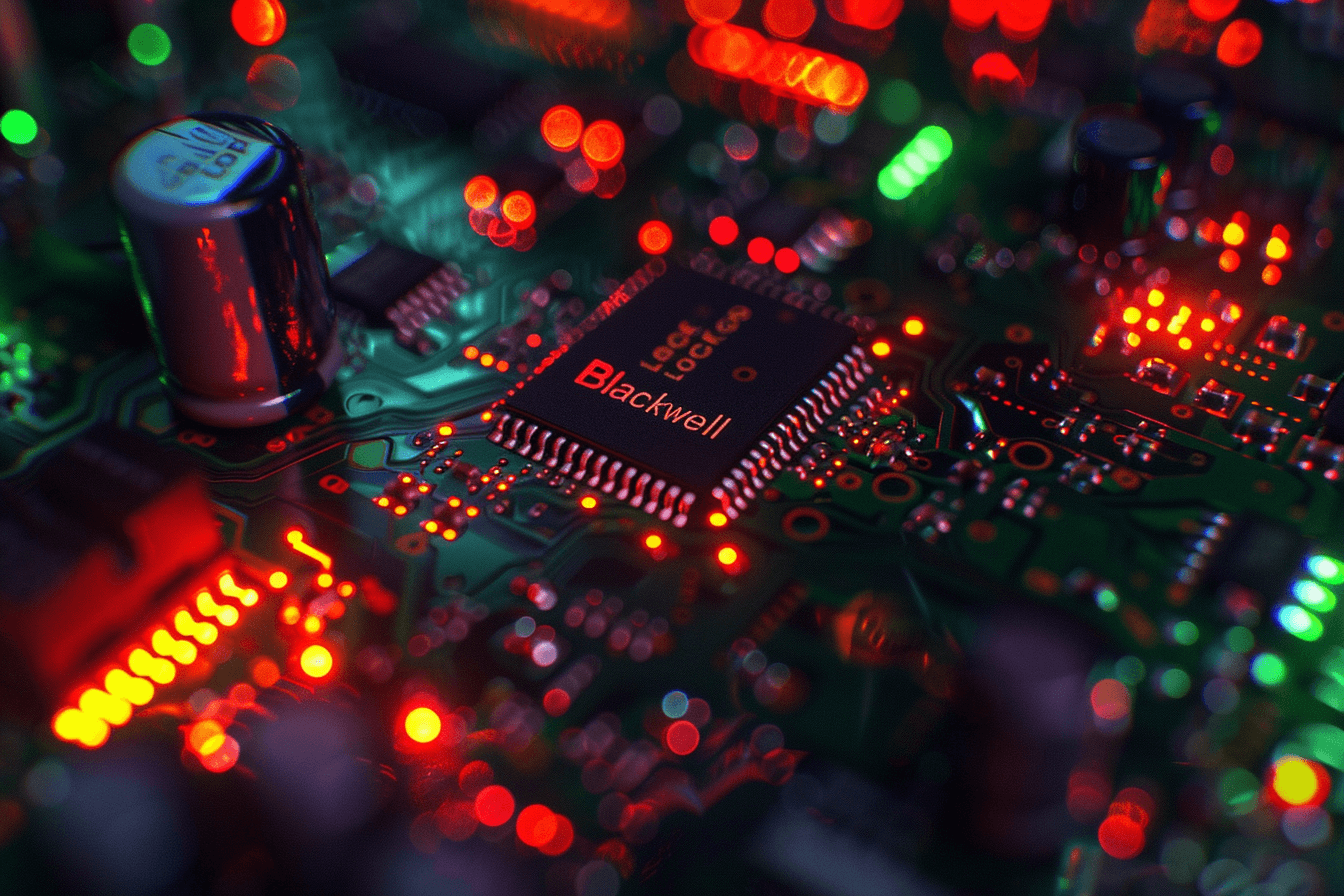The growing popularity of generative artificial intelligence over the past two years has made Nvidia's conferences an event watched by the entire technological world. This year, Jensen Huang presented a new generation Blackwell chip that is expected to take AI to an even higher level. What makes the new wonder different from the green ones?
Blackwell, the best chip available on the market
Shares of Nvidia, led by its CEO Jensen Huang, are breaking quarterly records. This fact is not surprising, because the development of artificial intelligence that has taken place over the last 24 months is impressive. Nvidia is, in a sense, at the forefront of this (r)evolution and sets new trends by building the entire AI infrastructure thanks to its graphics chips. Although many interesting announcements were made at the GPU Technology Conference (GTC) in San Jose, the most important information is the presentation of the new Blackwell chip. It is worth adding that it was named after the famous mathematician and statistician David Blackwell.
The new chip will be twice as fast as its predecessor, the H100 chip, commonly called Hopper. The new chip will have 208 billion transistors, which is 128 billion more than Hopper. The numbers regarding performance and energy efficiency are also impressive. According to Huang, Blackwell boasts five times higher AI performance and up to 25 times lower energy consumption. Nvidia's CEO explicitly announced that Blackwell will “drive a new industrial revolution.” The president of the corporation stated that soon, thanks to Blackwells, it will be possible to transform speech into 3D video.
Nvidia is also getting into robotics
Blackwell, of course, is not the only new product from Nvidia presented during the event. Much to the audience's surprise, Huang also presented a whole series of humanoid robots that are created based on special AI chips. Androids from Nvidia clearly differ in terms of motors from those presented by Tesla (Optimus) and Figure x OpenAI (Figure 01).
However, it is worth paying attention to innovative machine learning methods, in which humans show robots movements that are natural to us, and they simply duplicate them. A specially built metaverse was also presented, in which androids in their digital versions learn to overcome obstacles. It is also impossible not to mention the exceptionally spectacular presentation of Star Wars robots from Disney, which were based on chips and AI from Nvidia.

